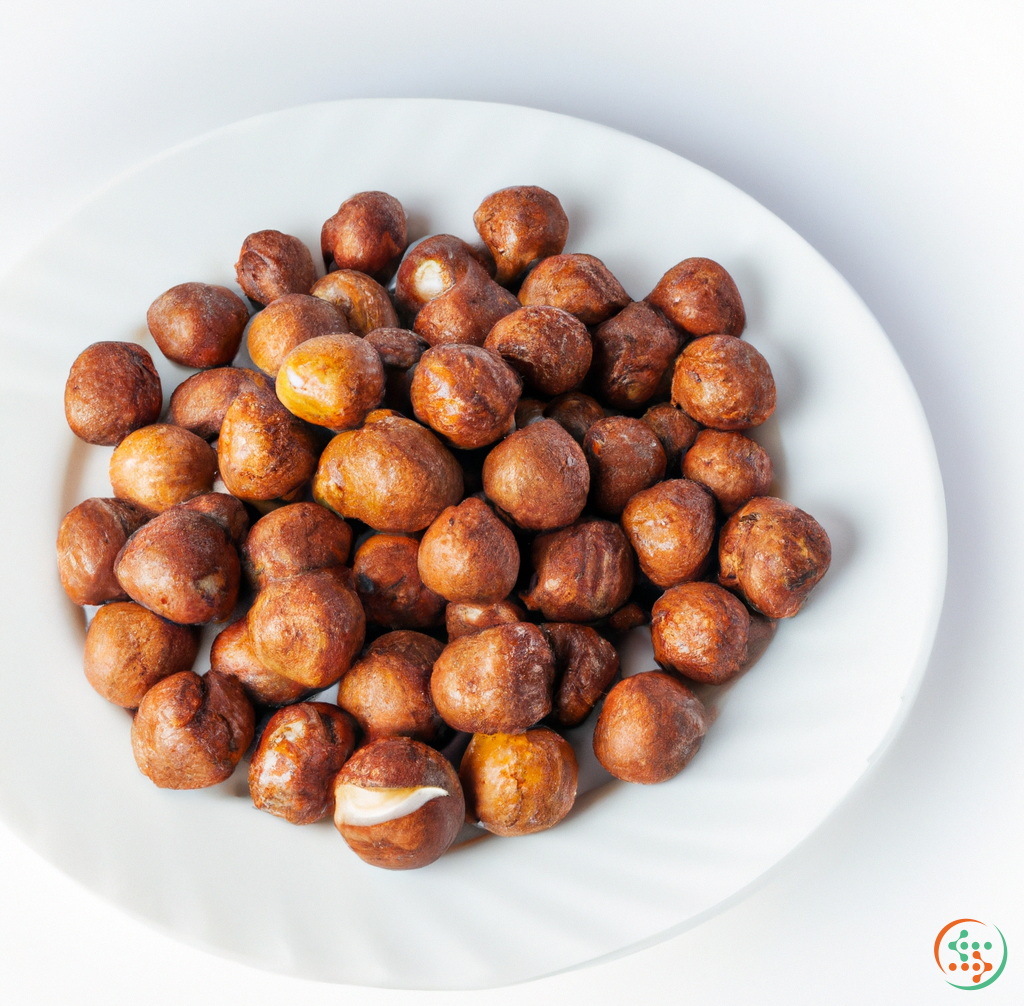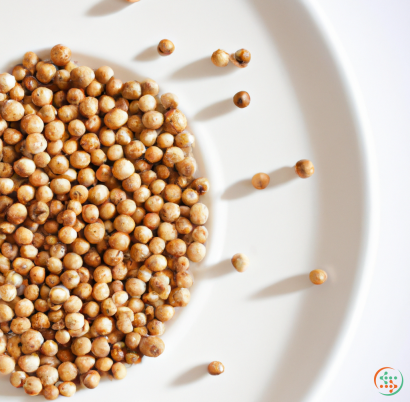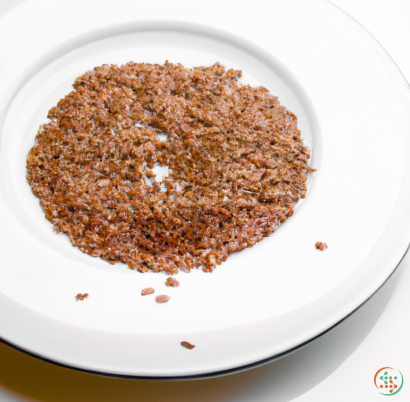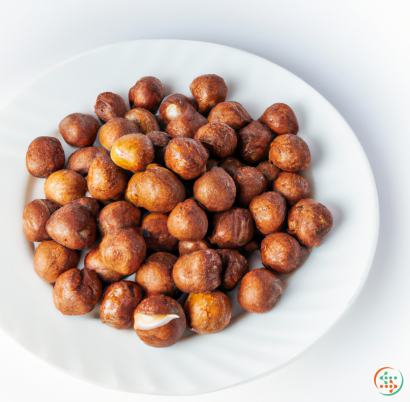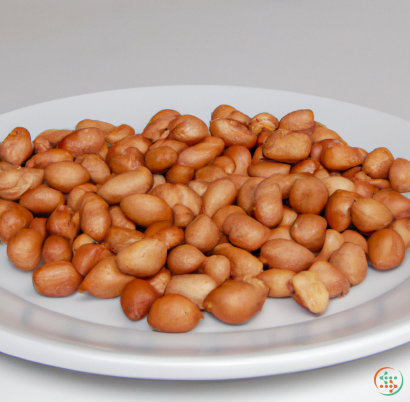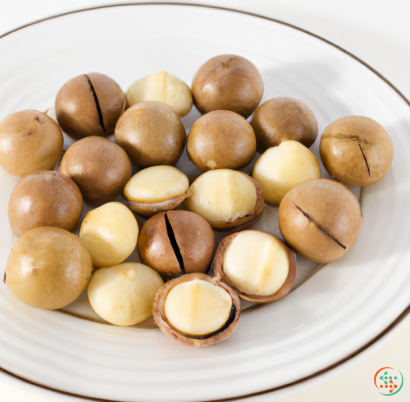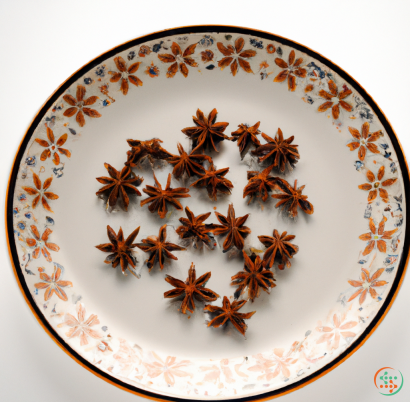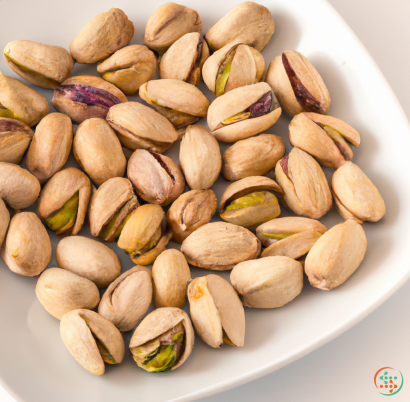Hazelnuts
Hazelnuts are a type of nut grown and sold all over the world. Despite their ubiquity, which can make them seem commonplace, they are actually quite an interesting nut, with a rich history, interesting flavor, and wide range of uses. Read on to learn more about the intriguing hazelnut and all it has to offer.
What is A Hazelnut?
A hazelnut is the nut of the hazel tree. The most common type of hazelnut is the Common Hazel (Corylus avellana) or Cobnut, by its other name. The common hazel is native to Europe and Central and western Asia, where it grows wild. Beyond this, there are a number of other species of hazel which are popularly cultivated for their distinct characteristics, like Cobnuts with richer flavor, Languedoc Hazelnuts which have large edible fruits, and Rotundifolia Hazelnuts, which have a spicy, nutty flavor. The taste of cobnuts is often described as mild, sweet, and nutty.
How Are Hazelnuts Used?
Hazelnuts are extremely versatile and are used in multiple ways. They are often eaten raw or roasted, though for some recipes the shells must be removed. Hazelnuts can also be ground into a paste to make hazelnut butter or used in baking or confections. Commercial products containing hazelnuts include Nutella, biscotti, Torrone, and Turkish delight.
In addition to this, hazelnuts are also used in traditional cuisines around the world. For example, they are used in Greek and Macedonian cuisine in the traditional dish called Baked Kantsi and in the savory pies called Jasatsa. Persian cuisine uses them in the traditional pastry known as Baklava. In the British domain, they are seen in the desserts Hazelnut Ice Cream and Chocolate & Hazelnut Torte.
Hazelnuts are also incorporated into savory dishes as well. In French cuisine, they are featured in the traditional dish Choucroute Garnie, which is sauerkraut with various pickled meats and potatoes cooked with smoked bacon and hazelnuts. Chinese dishes like Peking Duck, which is cooked with a hoisin-based glaze, also feature hazelnuts.
Hazelnuts for Health
Hazelnuts are a beneficial food for health, as they are packed with essential nutrients. Hazelnuts are a rich source of mono- and polyunsaturated fats which help to reduce cholesterol, protect the heart, and regulate blood sugar levels. They contain significant amounts of dietary fiber and protein, as well as vitamins and minerals like vitamin E and phosphorus. Hazelnuts are particularly high in manganese, a mineral important for many bodily processes. They also contain antioxidant compounds like proanthocyanidins and flavonoids which may help to reduce the risk of chronic diseases.
Where Can You Buy Hazelnuts?
Hazelnuts are sold in markets, supermarkets, and health food stores around the world. They are usually sold either whole or shelled and can come either raw or roasted. Shelled hazelnuts should be stored in an airtight container in the refrigerator where they will stay fresh for up to three months.
Well-known brands include Our Local Pantry, Wild Coast Organics, and Maple Fans Co-op. Prices vary by brand, but in general, hazelnuts range from $7 - $20 per pound depending on whether they are shelled or not. When buying hazelnuts, look for those that appear dry, have a crisp texture, and have a deep color. Avoid hazelnuts that have a musty smell, because this indicates the presence of fungi and the nuts are not safe to consume.
Conclusion
Hazelnuts are an intriguing type of nut with a rich history and a delicious flavor. They are a versatile ingredient used in both sweet and savory dishes and they also have a number of health benefits. Hazelnuts are widely available at supermarkets, health food stores, and even online, so be sure to try some and experience their unique taste for yourself.
Hazelnuts: How Nature Creates These Nutritious Crunchers and Gets Them to Your Dinner Plate
Hazelnuts, also known as filberts, are nutritious little nuts with a wealth of health benefits that have been coveted by mankind for centuries. But where do these crunchy treats come from, and how do they make their way from the wild to your dinner plate? It’s a fascinating journey filled with a variety of processes that we’ll explore in this blog post.
What is a Hazelnut?
Before we dive into the nuts and bolts (pun intended!) of how a hazelnut is made and travels to your dinner plate, let’s first take a look at what a hazelnut actually is.
A hazelnut is a round, smooth nut that comes from the Corylus genus of plant. While there are different species that belong to this genus, the common hazelnut (Corylus avellana) is the one most often found on dinner plates around the world.
Hazelnuts have a wide variety of uses, from snacking to baking, and they are known for their nutritional value. Eating a handful of these delicious nuts provides plenty of minerals, like copper, potassium and calcium, and essential vitamins, proteins and healthy fats.
From Flowers to Fruits – The Life Cycle of a Hazelnut
For us to enjoy a hazelnut, we must first understand the process by which a hazelnut is created. Let’s take a look at the lifecycle of a hazelnut and explore the fascinating steps involved.
The Corylus genus is comprised of both male and female plants, which are identified by the catkins (flowers) they produce; some have long and slim catkins that are referred to as “male”, while others have short and round, “female” catkins.
The male flowers contain a white, powdery substance called pollen, and it’s this pollen that pollinates the female flowers to create the hazelnuts. Once pollination is finished, the female flowers swell to form green fruits that contain the nut inside.
Over the course of the summer, the fruits will ripen, beginning as green and gradually turning into brighter yellow, red and brown tones. It’s at this stage that they are ready to harvest and begin the journey to our dinner plates.
Harvesting and Processing Hazelnuts
Now that you know how hazelnuts are created, let’s take a look at the harvesting and processing of these delicious nuts.
Depending on the region, hazelnuts can be harvested using a variety of methods. In the United States, for instance, hazelnuts are typically harvested using a combination of manual labor and machines that shake the hazelnut tree to remove the fruits.
Once the hazelnuts are harvested, they will go through a few different stages of processing and cleaning. This typically involves a process of drying, separating, and testing for quality before being bagged and sent off to stores and supermarkets.
While the sorting and packaging of hazelnuts may vary from provider to provider, the overall process usually stays the same: The harvested hazelnuts are dried to reduce any moisture or bacteria that may be present. From there, the husks are removed and the kernels, which are the edible parts, are separated out and inspected for any foreign objects.
Afterwards, the hazelnuts are then graded and sorted by size, and any bad nuts are removed before the food is divided into smaller bags and sent off to retailers. It’s during this process that the nuts are often roasted and glazed with flavorings such as honey, cinnamon, or chocolate.
Shipping and Delivery
With the processing finished, it’s now time for the hazelnuts to make their way to retail outlets and markets. Depending on the type of hazelnut, the delivery process will vary slightly — for instance, many shelled hazelnuts are shipped in large containers, while in-shell hazelnuts may require special transportation methods to prevent the shells from cracking.
Once delivered to the retailer, the hazelnuts will be stored in a cool and dry place until they are eventually sold to consumers. From there, you can rest assured knowing your deliciously nutty snack is ready to enjoy.
How to Enjoy Hazelnut Favorites
Hazelnuts are an incredibly versatile ingredient that can be enjoyed in everything from snack mixes to candy bars and baked goods. Perhaps the most popular use for them is in the form of hazelnut spread.
Hazelnut spread is a delicious combination of hazelnuts, cocoa, and sugar that has become a popular snack item in recent years. It can be enjoyed as is, or it can be used to flavor desserts like cakes, muffins and cookies.
Conclusion
In short, the journey of a hazelnut from the wild to your dinner plate is a fascinating one. From flowers to fruits and from harvesting to shipping, various processes work together in order to give us the delicious treat that is the hazelnut. So the next time you enjoy a handful of these nutritious little nuts, take a moment to appreciate the journey they’ve made!
| Vitamin A | 0.001 mg | |
| Beta-Carotene | 0.011 mg | |
| Alpha-Carotene | 0.003 mg | |
| Vitamin E | 0.01503 grams | |
| Vitamin K | 0.0142 mg | |
| Vitamin C | 0.0063 grams | |
| Vitamin B1 | 0.64 mg | |
| Vitamin B2 | 0.11 mg | |
| Vitamin B3 | 0.0018 grams | |
| Vitamin B4 | 0.0456 grams | |
| Vitamin B5 | 0.92 mg | |
| Vitamin B6 | 0.56 mg | |
| Vitamin B9 | 0.113 mg |
| Calcium | 0.114 grams |
Daily Value 1.3 g
|
| Iron | 0.0047 grams |
Daily Value 0.018 g
|
| Magnesium | 0.163 grams |
Daily Value 0.4 g
|
| Phosphorus | 0.29 grams |
Daily Value 1.25 g
|
| Potassium | 0.68 grams |
Daily Value 4.7 g
|
| Zinc | 0.00245 grams |
Daily Value 0.011 g
|
| Copper | 0.00173 grams |
Daily Value 0.9 mg
|
| Manganese | 0.00618 grams |
Daily Value 0.0023 g
|
| Selenium | 0.0024 mg |
Daily Value 0.055 mg
|
| Tryptophan | 0.193 grams | |
| Threonine | 0.497 grams | |
| Isoleucine | 0.545 grams | |
| Leucine | 1.063 grams | |
| Lysine | 0.42 grams | |
| Methionine | 0.221 grams | |
| Cystine | 0.277 grams | |
| Phenylalanine | 0.663 grams | |
| Tyrosine | 0.362 grams | |
| Valine | 0.701 grams | |
| Arginine | 2.211 grams | |
| Histidine | 0.432 grams | |
| Alanine | 0.73 grams | |
| Aspartic Acid | 1.679 grams | |
| Glutamic Acid | 3.71 grams | |
| Glycine | 0.724 grams | |
| Proline | 0.561 grams | |
| Serine | 0.735 grams |
| Glucose | 0.07 grams |
|
| Fructose | 0.07 grams |
|
| Sucrose | 4.2 grams |
|
| Total Sugars | 0.131141 grams |
per 100g
|
| Palmitic acid (16:0) | 3.1 grams |
|
| Stearic acid (18:0) | 1.27 grams |
|
| Arachidic acid (20:0) | 0.1 grams |
|
| Total Saturated fatty acids: | 4.47 g | |
| Oleic acid (18:1) | 45.41 grams |
|
| Palmitoleic acid (16:1) | 0.12 grams |
|
| Gadoleic acid (20:1) | 0.13 grams |
|
| Total Monounsaturated fatty acids: | 45.66 g | |
| Linolenic acid (18:3) | 0.09 grams |
|
| Linoleic acid (18:2) | 7.83 grams |
|
| Total Polyunsaturated fatty acids: | 7.92 g | |
| Campesterol | 0.01 grams |
|
| Beta-sitosterol | 0.1 grams |
|
| Total Sterols: | 0.11 g | |
